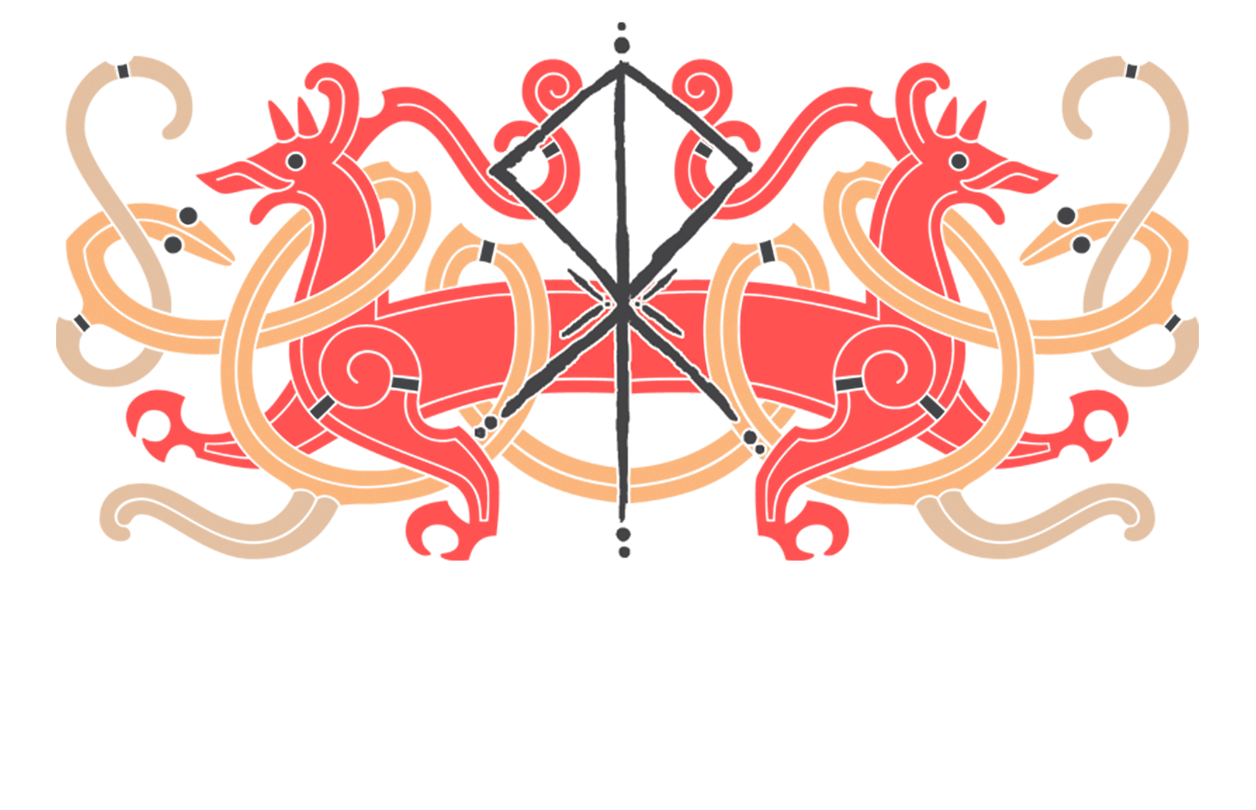In the mysterious mists of Viking Age Scandinavia, not all Nordic lands experienced violence in the same way. A recent study reveals that Norway, a land of fjords and rugged mountains, was steeped in a far deeper bloodbath than its Danish neighbor.
Researchers from around the world, including Jan Bill of the University of Oslo and Lisa Mariann Strand of Trondheim , set out on a quest to unravel the mysteries of violence among these fierce peoples who shook Europe. They examined clues left in bones, graves and carved stones to understand how the Norwegians and Danes of the Viking Age dealt with war, death and honour.
"We combined archaeology and sociology to understand how violence was embedded in these societies. In contrast to the common image of Vikings going on raids, our study focuses on violence within their own lands, where swords were as often brandished between neighbours as they were between foreign enemies,"explain the researchers.

Death as a companion of the Vikings
When we think of the Vikings, the collective imagination is immediately filled with images of pillaging, longships plying the seas, and bloody battles. But violence was not limited to the distant shores they attacked. No , it permeated every facet of their existence, well beyond the raids.
Their own myths bear witness to this. The creation of the world, according to Norse mythology, began with an act of unspeakable violence: Odin, Ve and Vili, the first gods, tore apart the giant Ymir to fashion the earth from his corpse. And at the end of time, Ragnarök would see gods and men tear each other apart in a final apocalyptic battle.
Combat was more than a necessity; it was a path of honor. Dying with a sword in hand offered the greatest reward of all: a place in Valhalla, where fallen warriors feasted and awaited the day of the final battle. It was this worldview that forced the Vikings to seek glorious death rather than flee the dangers of war.
A wilder and bloodier Norway
The team of researchers made a striking discovery: in Norway, the chances of dying violently were much higher than in Denmark. By studying 30 Norwegian Viking skeletons, they found that 37% bore traces of fatal injuries inflicted by weapons. In comparison, only 7% of the Danish skeletons revealed such marks of violence.
Women, as well as men, bore the scars of these clashes. A fact that raises questions about the role of women in conflicts. Treated with the same brutality as men, they must have been political and social actors far more influential than one might imagine.
But perhaps most telling is the importance of weapons in Norwegian burial culture. Graves are full of blades, swords, and other instruments of death, much more than in Denmark. In Norway, it was common to rest with one's weapons, as if war would never truly end, even in death.

Marked differences between Norway and Denmark
Why such a difference between these two neighboring lands? According to researchers, the answer lies in social structures. Viking-era Denmark already had more centralized institutions and a clear hierarchy, where violence was often framed by laws and rules. Public executions, codified punishments… Here, violence was organized.
In Norway, on the other hand, society was fragmented into small chiefdoms, and conflicts were often settled by brute force. Each clan leader had to constantly prove his worth with the sword. And in this society where honor and vengeance were the pillars of power, blood was frequently shed.
The Danish runestones reflect this stricter social organization. They testify to complex alliances, centralized authorities, where the Norwegian stones speak only of family relationships and clans, illustrating a more decentralized and wilder society.
Christianization and the evolution of Scandinavian societies
One factor that could explain this divergence is the arrival of Christianity. Denmark, with its closer ties to continental Europe, adopted the new faith earlier. With it came changes in morals and the way violence was exercised. Danish society, more open to these outside influences, began to organize itself around new values, less focused on war and revenge.
In Norway, the mountains and fjords have maintained a certain isolation. Christianization came later, and with it, the transition to
more peaceful forms of governance.

The legacy of arms and blood
By studying the graves and skeletons closely, researchers have opened up new avenues of understanding about how the Vikings experienced violence, not only on the battlefields of Europe, but also at home, among themselves. Norway, with its traditions rooted in war and weapons, and Denmark, more disciplined in its handling of violence, illustrate two sides of the same Viking world.
The researchers conclude that the real historical question to ask is not why these societies were violent, but how they eventually tamed that violence to build civilizations where social bonds could flourish.
One day, the war fell silent. But its echo still resonates in the engraved stones and the swords that have been found.






Leave a comment
This site is protected by hCaptcha and the hCaptcha Privacy Policy and Terms of Service apply.